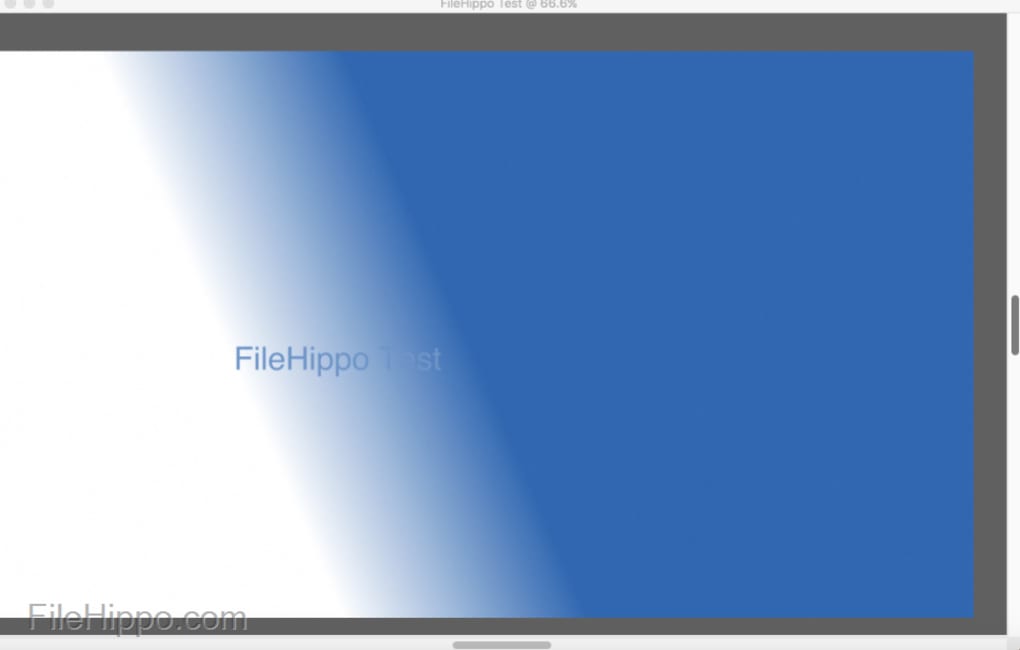

Sometimes colors can mix in expected ways. While Fluid Paint is great, it’s not without its limitations:įirst, you may notice that there are some issues with blending. You can even choose Color Burn to create a nice glazing effect. This single property can make your Fluid Paint medium feel like opaque paint that covers or transparent paint that tints. Gently build up Opacity or cover underlying paint with Fluid PaintĪnd, by adding Paint Layering, you have even more control over whether the paint builds up to a light color or a dark color when you overlap strokes. This technique would not be as simple to do in older versions of Painter. And with increased pressure control, my glowing edges don’t build up at low pressure. For instance, I can paint bright, glowing lights over dark areas and they stand out very easily. Opacity ControlĪnother valuable aspect of Fluid Paint is the ability to replace the opacity of paint in a controlled way. This is especially useful if you are trying to get very light values with charcoal or other dry media. In addition to the more pronounced grain, the ability for Fluid Paint to limit the lower end of the pressure from building up means that it is much easier to draw with very low opacity. Brushes using the “Enhanced Cover” Method can enable Fluid PaintĪnd Fluid Paint isn’t just for paint brushes, you can use it to enhance dry media and other categories as well. Before Fluid Paint, I would have had to use several brushes and techniques to achieve this same effect. For example, my paint brushes can now paint, blend and add organic textures intuitively and spontaneously. Or if you are a photo painter, your cloners can use Fluid Paint.īy adding Fluid Paint properties, you’ll be giving your brushes a huge upgrade. So if you are a fine artist, you can make Oil or Acrylic brushes that utilize Fluid Paint. What makes Fluid Paint valuable is not the default variants, but the ability to convert your favorite pre-existing brushes to utilize Fluid Paint. Fluid Paint is really just a name for a set of brush properties. And while they showcase the versatility of Fluid Paint, I think that might mislead users into thinking that Fluid Paint is a medium. The new Fluid Paint categories contain lots of new and updated brushes. Showing you Fluid Paint only gives you part of the story. There is also some fluid-like interaction between the paint and Grain of the canvas where thicker paint covers the Grain and thinner paint sinks into it.īecause much of Fluid Paint’s appeal is its control over pen pressure, you really have to try it yourself to feel the difference. Even applications like Photoshop do not have this degree of control over Opacity when linked to pen pressure. What makes this technology “Fluid” is how smoothly the paint is able to transition between heavy and light Opacity when you are controlling it with pen pressure. A sampling of Fluid Paint brushesīecause of the name, I don’t blame you if you expect Fluid Paint to flow and work like a souped-up version of Painter’s watercolor. The main feature I am excited about is Fluid Paint. While the last few versions of Painter focused heavily on organizing content and squashing bugs, I’m excited that this version includes some new brush technology to play with. There are better methods for selecting objects using Machine Learning rather than brushes.Many Selection-based enhancements speed up selection workflows.Color Selection Brushes can intuitively select color ranges to isolate areas of your painting.
#Corel painter mac m1 upgrade#
New Fluid Paint properties provide a substantial upgrade to brushes and the painting experience.


 0 kommentar(er)
0 kommentar(er)
